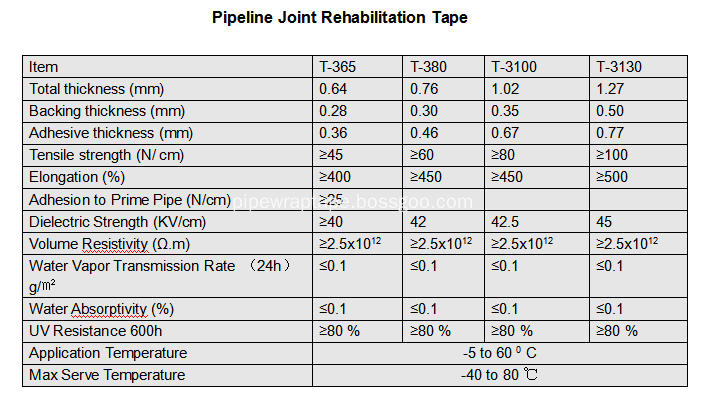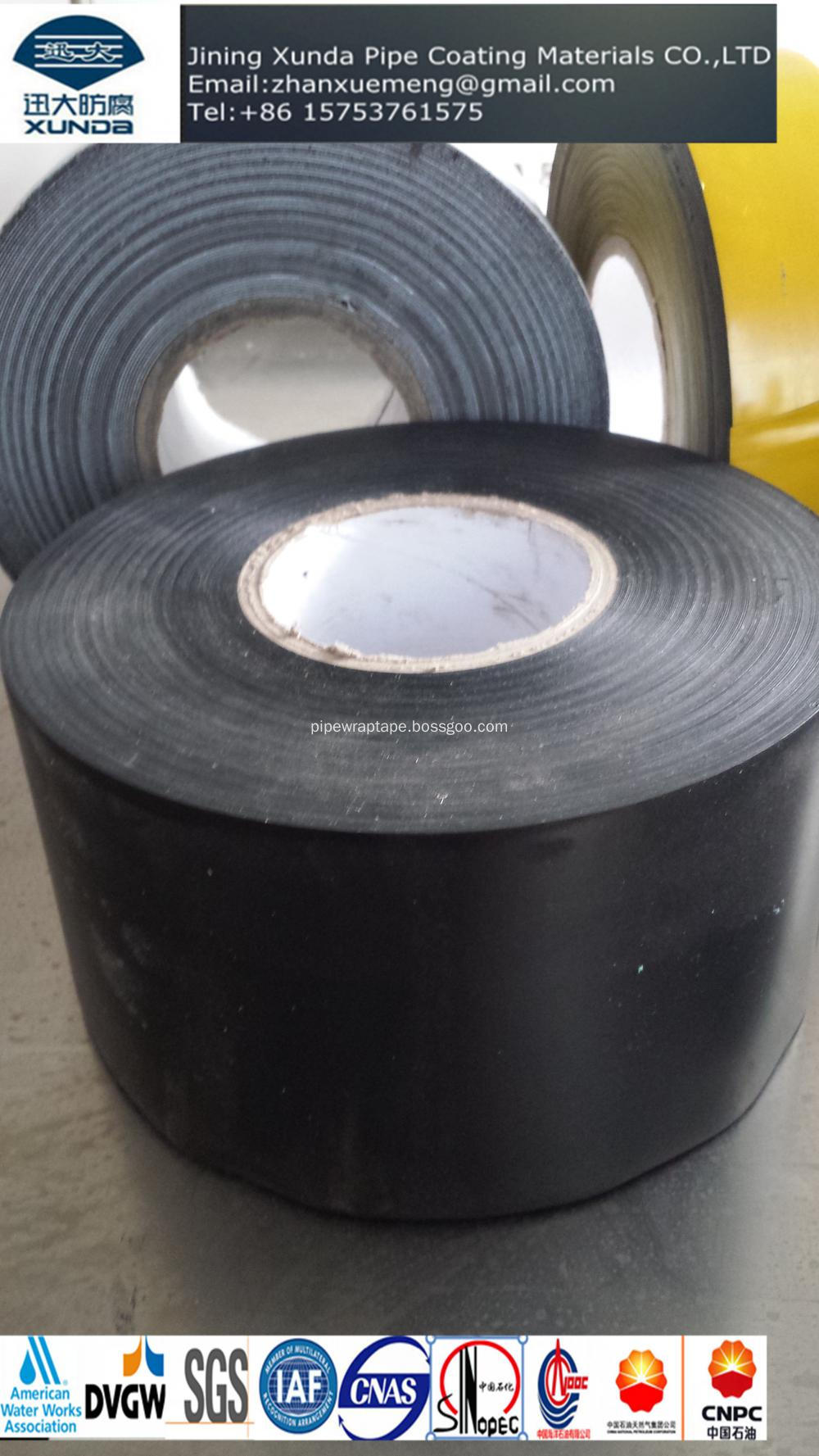Cement mortar consists of cement, fine aggregate, and water, as well as lime, active admixtures or admixtures that are added on site. Mortars are divided into cement mortar and cement mortar. Today's Xiao Bian will introduce you to cement mortar and cement mortar markings.

First of all, let's find out what the cement mortar label is.
The cement mortar number refers to a value in the overall distribution of the compressive strength measured by a standard test method for a cubic specimen prepared and cured by a standard method at a 28-day age. No. 100 cement mortar means that its strength is 100kg/cm2, but now it is all changed to MPa, and No. 100 corresponds to M10. The mix ratio differs depending on the raw materials and the mortar application. There is no certainty. Take the commonly used 42.5 ordinary portland cement and medium sand with 100 (M10) masonry mortar as an example: Cement 305 kg: Sand 1.10 m3: Water 183 kg.
What are the cement mortar markings?
Mortars are marked with M3, M5, M7.5, M10, M12.5, M15, M20, M25, M30, and M40. The larger the corresponding value is, the greater the intensity level is. According to the purpose of mortar, there are several types of masonry, plastering, and joints, which have nothing to do with the label. If you have to say it, you can only say that the label is high for places where mortar strength is high, and vice versa.
Cement mortar construction process
1, the basic process of cement mortar plaster. To find the rules →, to the four corners of the wall to do the rules → horizontal leveling, straight vertical hanging → making standard gray cakes, punching → Yin Yang angle search → interior wall plastering → the bottom is lower than the punch → middle cushion flattening tendons →Face decoration
2, cement mortar plaster construction points must be made before the plaster gray standard cake.
3, Chongjin is also an important link to ensure the quality of plastering, and is an important control sign for large-scale plastering.
4, Yin Yang angle finder is also an important process directly related to the quality of the follow-up decoration project.
Cement mortar use taboo
1, the grassroots dirty
The cement can be firmly bonded or gripped with a hard, clean base, but the bond grip strength is related to the smoothness of the base face. Because hydration requires only about 20% of the cement's weight, excess water will leave a lot of pores in the concrete after evaporation, which will reduce the concrete's strength. In the smooth construction of the grass-roots level, it is necessary to brush the net of ramie in advance so that the cement can be held together with the base layer.

2, wet knot hard
Cement that is hardened by moisture will reduce or even lose its original strength. Therefore, it shall be determined in relevant regulations that the cement that has been delivered for more than three months shall be retested and used according to the test results.
3, negative temperature frozen
After the concrete or mortar is mixed, once it is frozen, the cement can not be hydrated, and the water will freeze and swell. This will cause the concrete or mortar to be damaged by the surface and the deepening of the powder. Therefore, the construction must be carried out as required. .
4, thick gray water
In the deployment process, we often overlook the effect of water consumption on the strength of concrete. In order to facilitate the pouring of concrete during construction, the concrete is mixed without diluting according to the proportion, which will seriously affect the strength of the cement.
5. Acid attack The acidic substances and the calcium hydroxide in the cement will undergo a neutralization reaction. The volume of the biomass will loosen and expand, and it will be easily hydrolyzed and pulverized after encountering water.
6, imperfect aggregate
As gravel for concrete or cement mortar aggregates, if there is dust, clay or other organic impurities, it will affect the bond strength between cement and sand, stone, and ultimately reduce the compressive strength.
7, high temperature heat
After the solidified mortar layer or concrete member, if it is often under the premise of high temperature and heat, the strength will be lost.
8, exposure and dry
After being exposed to sunlight, the concrete or plaster will rapidly evaporate its moisture and its strength will be reduced or even lost.
Xiao Bian concludes: On the cement mortar label and cement mortar construction process and taboo on the introduction here, I hope to be helpful to everyone. If you want to know more related information, you can pay attention to this website information.
Bedroom Feng Shui layout Taboo Living room painting Feng Shui Taboo Feng Shui items Door Shoe Cabinet Feng Shui Parlor Feng Shui
Joint Rehabilitation Tape
I. Description
Joint Rehabilitation Tape is Cold applied tape coating system for anti corrosion of field joints,fittings, and specifically piping. The adhesive is a key in ground performance characteristic coupled with the low and high density polyethylene backing.
The Joint Wrap Tape shall be applied by hand or with a wrapping machine.
II. Structure
The specification of the tape consists of two layers, adhesive layer and film backing
Adhesive: butyl rubber
Outer layer: Special blend of stabilized polyethylene
III .Features:
Heavy duty adhesive
Resistant to UV
Can be applied over a wide temperature range
Good conformability and consistent uniform thickness
Easily applied with no special equipment
Conformable to irregular shapes.
Meets ASTM D 1000 Standard
Cold applied
â…£ .Technical datas:



Joint Rehabilitation Tape
Joint Rehabilitation Tape, Pipe Joint Tape, Pipeline Joint Rehabilitation Tape, PVC Pipe Wrap Tape
Jining Xunda Pipe Coating Materials Co.,Ltd , http://www.pipe-wrap.com
![<?echo $_SERVER['SERVER_NAME'];?>](/template/twentyseventeen/skin/images/header.jpg)